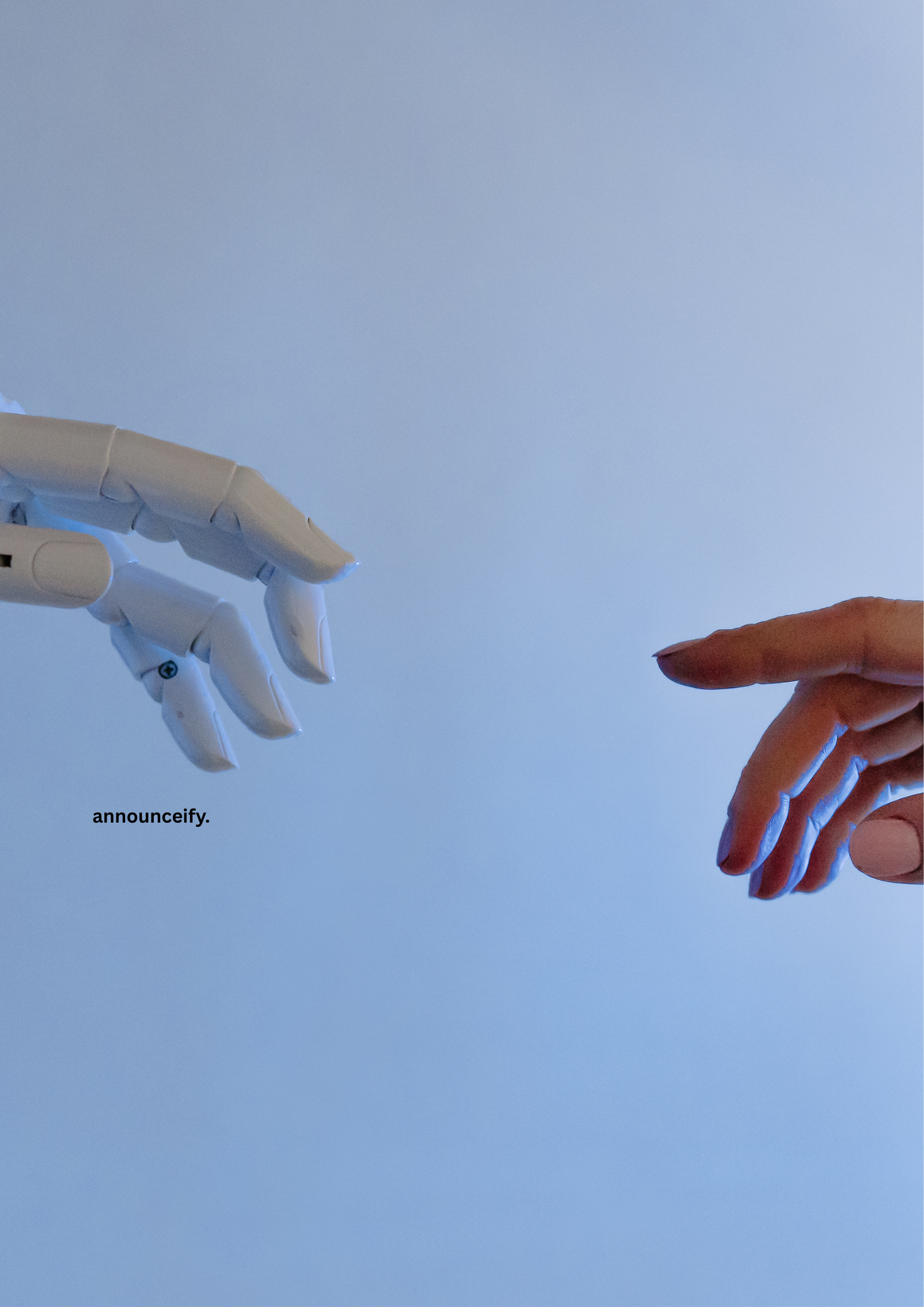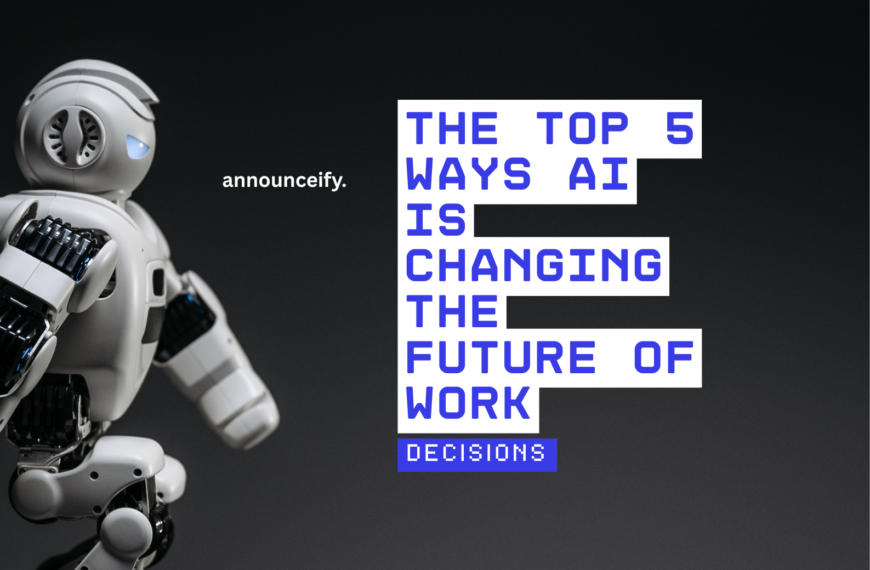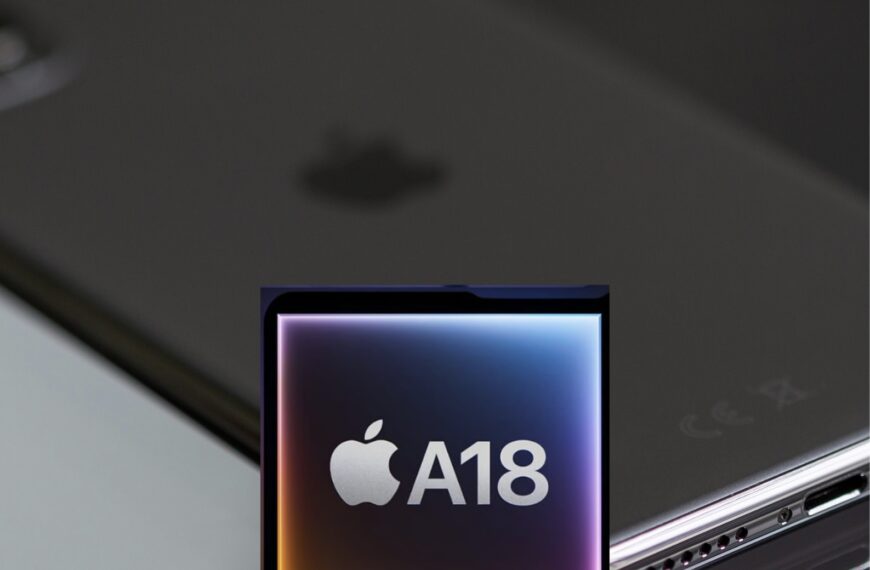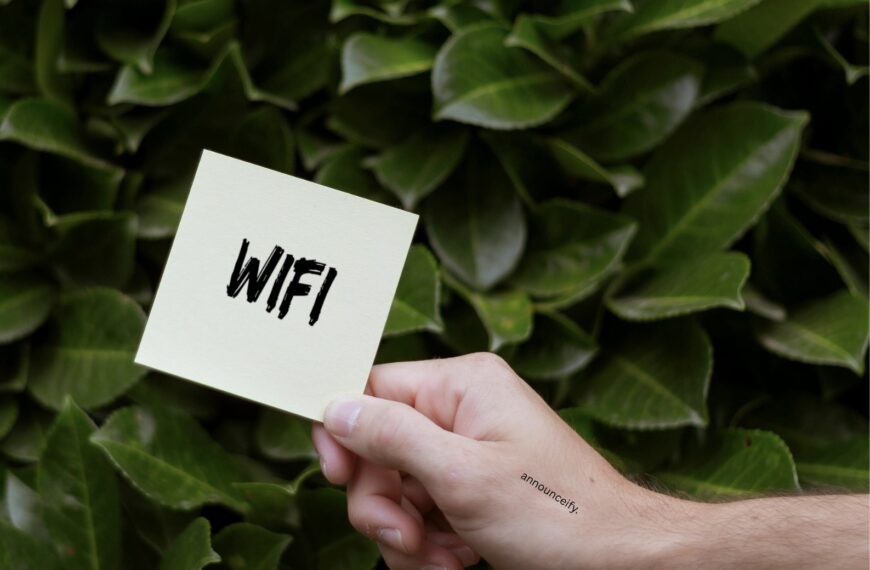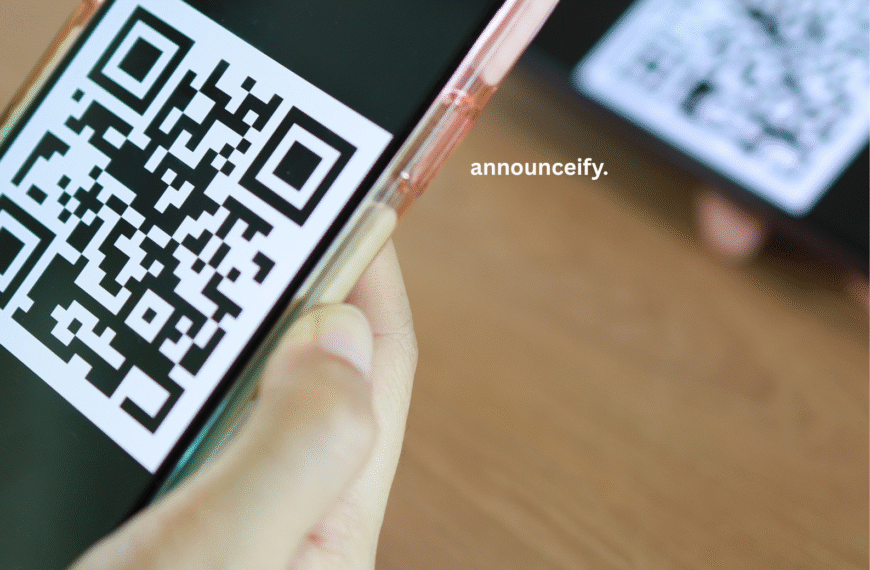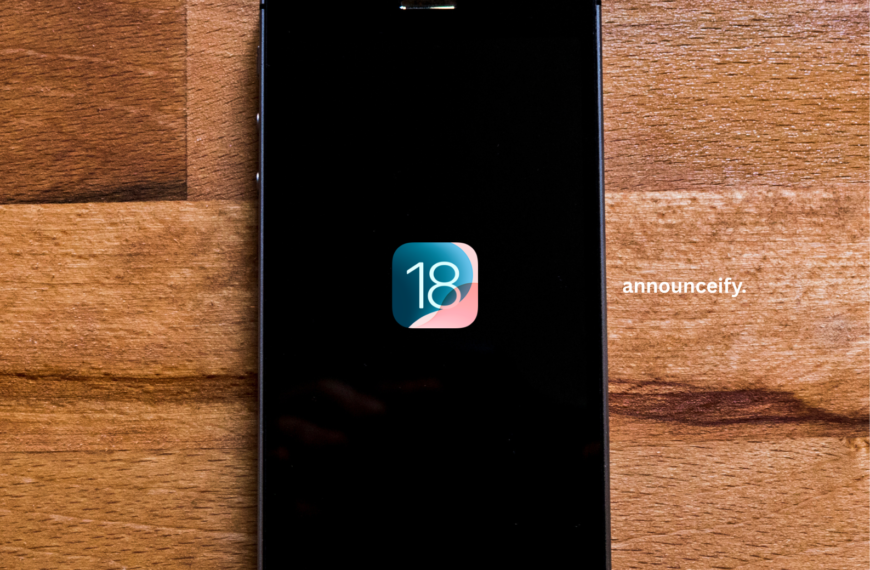Image from Canva
Artificial Intelligence (AI) is becoming an inseparable part of modern life. From voice assistants to personalized recommendations, it’s transforming how we interact with technology, and it’s evolving faster than ever.
This rapid progress raises a key question: Will AI eventually replace human intelligence? Or is there a broader perspective we need to consider?
Rather than a rivalry between humans and machines, what’s unfolding is a collaboration. When combined, human creativity and emotional intelligence with AI’s speed and efficiency can open doors to new possibilities in the way we live, work, and solve complex challenges.
What Makes AI So Formidable?
Artificial Intelligence (AI) refers to systems engineered to replicate human cognitive abilities. These systems can learn, adapt, identify patterns, solve complex problems, and even make autonomous decisions. What gives AI its true edge is its unmatched capacity to process colossal amounts of information with remarkable speed and precision.
Distinct Advantages of AI:
- Blazing Speed & Precision
AI can comb through massive datasets in a fraction of a second. For instance, Google’s search engine navigates billions of web pages almost instantly, serving up the most relevant content with impressive accuracy. - Uninterrupted Efficiency
Unlike humans, AI doesn’t suffer from fatigue. It can operate continuously without diminishing performance, making it an ideal fit for around-the-clock services like AI-driven customer support systems. - Sophisticated Pattern Recognition
AI has a remarkable knack for detecting intricate patterns in large and complex datasets. In finance, it’s used to uncover fraudulent activities by spotting subtle anomalies in user behavior that would be nearly impossible for humans to catch. - Seamless Automation
AI effortlessly takes over monotonous and repetitive tasks, allowing human talent to redirect their focus toward innovative, analytical, or strategic pursuits. This shift enhances productivity and fosters creativity in the workplace.
Real-Life Spotlight:
In the world of e-commerce, AI is the silent curator behind personalized experiences. Take Amazon, for example, it tracks your clicks, searches, and purchases to intuitively suggest products that align with your interests, streamlining your shopping experience while boosting conversions.
Why the Human Brain Is Still Irreplaceable
Despite AI’s advanced abilities, the human brain remains the most complex and creative tool in existence. It goes beyond data and logic, it feels, imagines, and connects in ways machines simply cannot.
Key Strengths of the Human Brain:
- Creativity and Imagination
Humans can come up with ideas that don’t exist yet. We write novels, compose music, design buildings, and innovate in ways that require intuition and abstract thinking. - Emotional Intelligence
People can understand and respond to emotions, build relationships, and show empathy. These are critical in professions like teaching, counseling, and leadership. - Ethical and Moral Reasoning
AI follows programmed rules. Humans, on the other hand, can weigh values, consider fairness, and make ethical decisions, especially in morally complex situations. - Consciousness and Self-Awareness
We are aware of our thoughts and actions. We reflect, learn from experience, and grow emotionally. AI doesn’t possess self-awareness or a sense of purpose.
Real-Life Spotlight:
A doctor might use AI to analyze lab results, but the final diagnosis and discussion with the patient involve emotional intelligence. Comforting a worried family or making a tough call about treatment options requires a human touch.
The Real Power: Human + AI
Rather than replacing humans, AI is meant to augment our capabilities. When used together, human intelligence and artificial intelligence can achieve much more than either could alone.
Real-World Examples of Collaboration:
- Healthcare:
AI helps radiologists detect signs of cancer in X-rays. But doctors use their experience and empathy to explain results, recommend treatments, and care for the patient. - Education:
AI platforms can personalize lessons based on a student’s learning pace. Teachers then use this data to adapt their methods and provide emotional support. - Art and Creativity:
Tools like DALL·E or Midjourney can generate artwork using prompts, but it’s human artists who give meaning, depth, and storytelling to creative projects.
Final Thoughts
AI is undeniably fast, powerful, and intelligent. But it still lacks what makes us truly human, our emotional depth, creativity, and sense of morality. The future isn’t about AI replacing people; it’s about humans and AI growing stronger together.
After all, AI is a creation of the human mind. Its true power lies not in what it can do alone, but in how we choose to use it. When we combine human insight with AI’s capabilities, we unlock new potential in healthcare, education, sustainability, and technology that’s not just smarter, but more human.
So, who comes out on top, AI or humans?
The truth is, we all do when we move forward as partners, not competitors.
